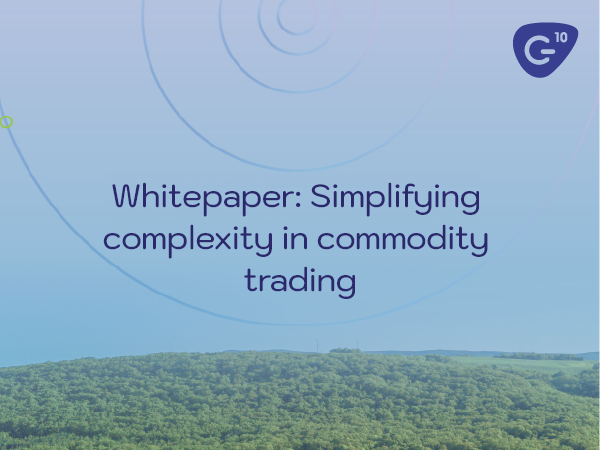The recent and ongoing global lockdowns caused many disruptions to international commodity supply chains. The unprecedented move towards remote working was one of these disruptions and now remote working looks set to become a feature of most workplaces for the foreseeable future in one form or another. Although there have been some challenges, most organisations managed the shift to remote work more easily than anticipated. Now we are past the initial disruption and reactive change, it is time to start thinking strategically about how we can get the best out of the situation as we move forward.
From increased productivity and improved performance to lower office costs, the benefits of remote working are being felt, but as we look towards the longer term it’s also important to acknowledge any areas where improvements could be made. One of the biggest challenges to successful long-term remote working is that of communication, as the skyrocketing popularity of communication software shows. Businesses with modern commodity management technology may not have thought of it in these terms, but they have a ready-made communication tool to help both internally and in maintaining connections with partners, suppliers and clients.
Maintaining internal connections
Communication within teams is essential for any business, but it is also vital for people within commodity businesses to have a good understanding of the live situation in other business areas. Where commodity management technology provides an edge over traditional CTRM software is that it supports a wider range of job roles, including procurement, operations and logistics as well as trading and risk teams.
This means that within the system each individual is using to perform their job, they are able to see exactly what is happening elsewhere in the business. For example, Traders and Operators can each see the status of contracts and shipments whilst the other team is making changes to them and can adapt their own strategy accordingly.
Easily-viewed change logs allow individuals to instantly check what actions a colleague has already taken on a contract, a challenge for remote teams that needs a systemised approach to avoid constant repeat interruptions to others. If users have any questions, they can instantly see who they need to speak to for the quickest resolution.
Real-time data sharing is particularly useful for managers who are used to keeping a finger on the pulse and knowing the status of critical transactions. With commodity management technology they can instantly see where every contract and shipment is, with the information updating live as things change. They therefore don’t need to spend time chasing individuals for updates, meaning that valuable meeting time can be put to a more efficient use such as discussing the strategic questions that help make each trade more profitable.
Connecting with external partners
Commodity management technology makes it easier to stay in touch with suppliers and clients, as well as forging new connections.
The Customer Relationship Management (CRM) aspect of a good commodity management system records all your contacts at each company you work with, as well as showing the last activity date so you can see when it’s time to get back in touch. Know Your Counterparty data is managed and stored centrally, so you can see who your most trustworthy and valuable partners are at a glance and can prioritise accordingly, especially at times when resources are limited.
Check for counterparty credit lines, credit line usage and any outstanding payments to help you know who you need to be talking to. And these metrics all update as colleagues process their own transactions, so everybody within your organisation has a complete overview of each counterparty in real-time, without the need to ask around.
It’s also easy to make sure counterparty certifications such as sustainability certificates are up to date with centralised certificate management and notifications of expiry dates. Legal and financial pre-approvals and automated compliance workflows give a good indication of which counterparties and contracts will be approved before they begin, saving time on both approved contracts and on transactions that have to be abandoned down the line.
All of these technological capabilities allow for more focussed, productive communication with external partners without the need for lengthy, unproductive internal conversations to establish whether it will be worthwhile.
The collaboration tools within commodity management technology may appear to limit communication by removing much of the need to ask questions, but the opposite is in fact true. By reducing the number of low-value enquiries between busy team members, there is more time and bandwidth for conversations that add greater value to individuals and to the business. The commodity management system empowers collaboration without relying on separate communication channels, making this communication both easier and more productive.
Want to read more?
Subscribe now for monthly updates
By submitting your details you agree that we can store your data and communicate with you. You can opt out of these communications at any time. Read all in our Privacy Policy.



